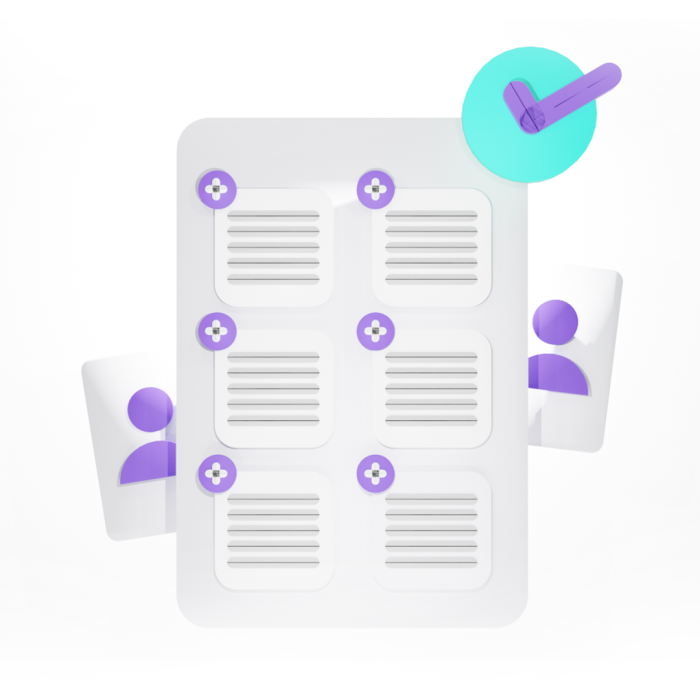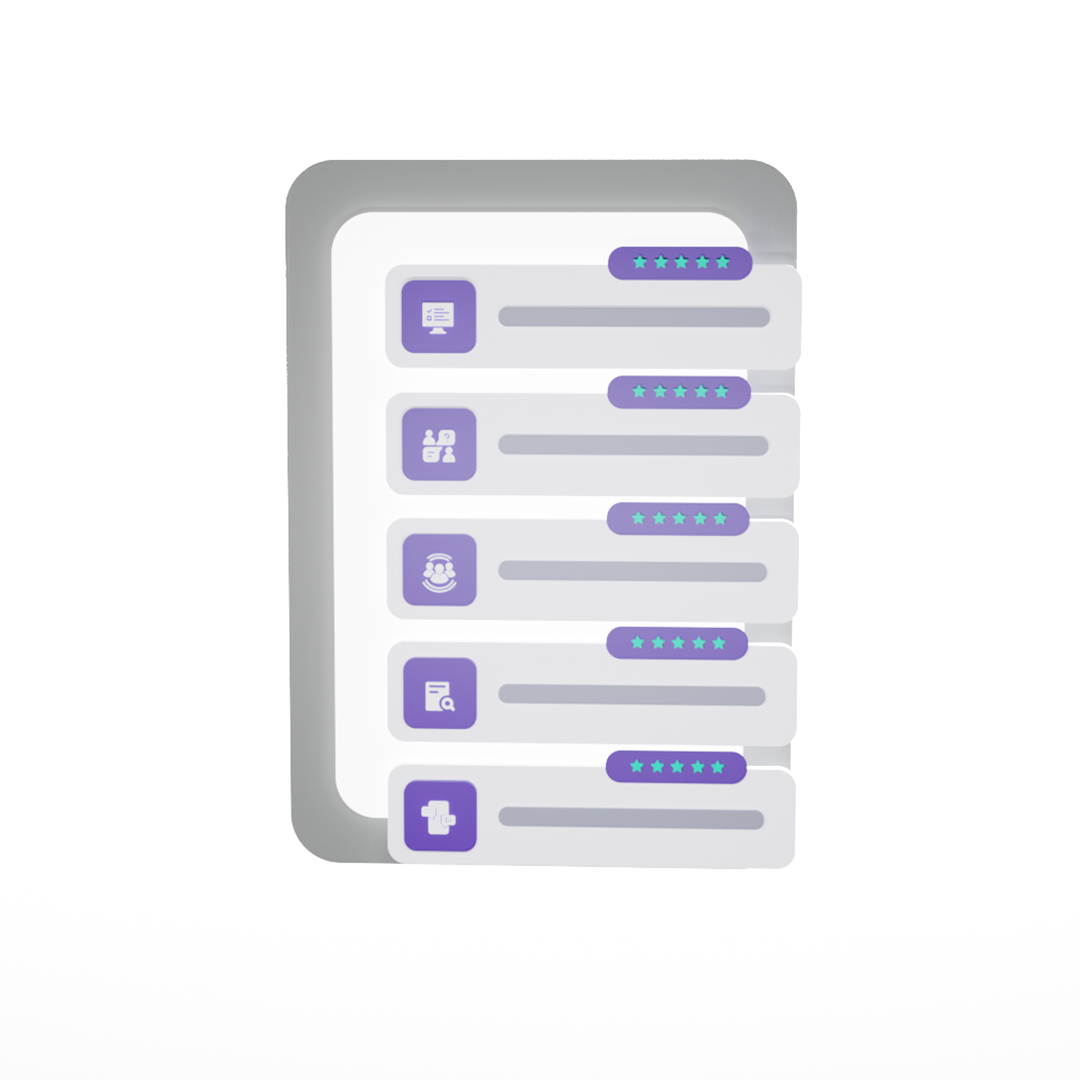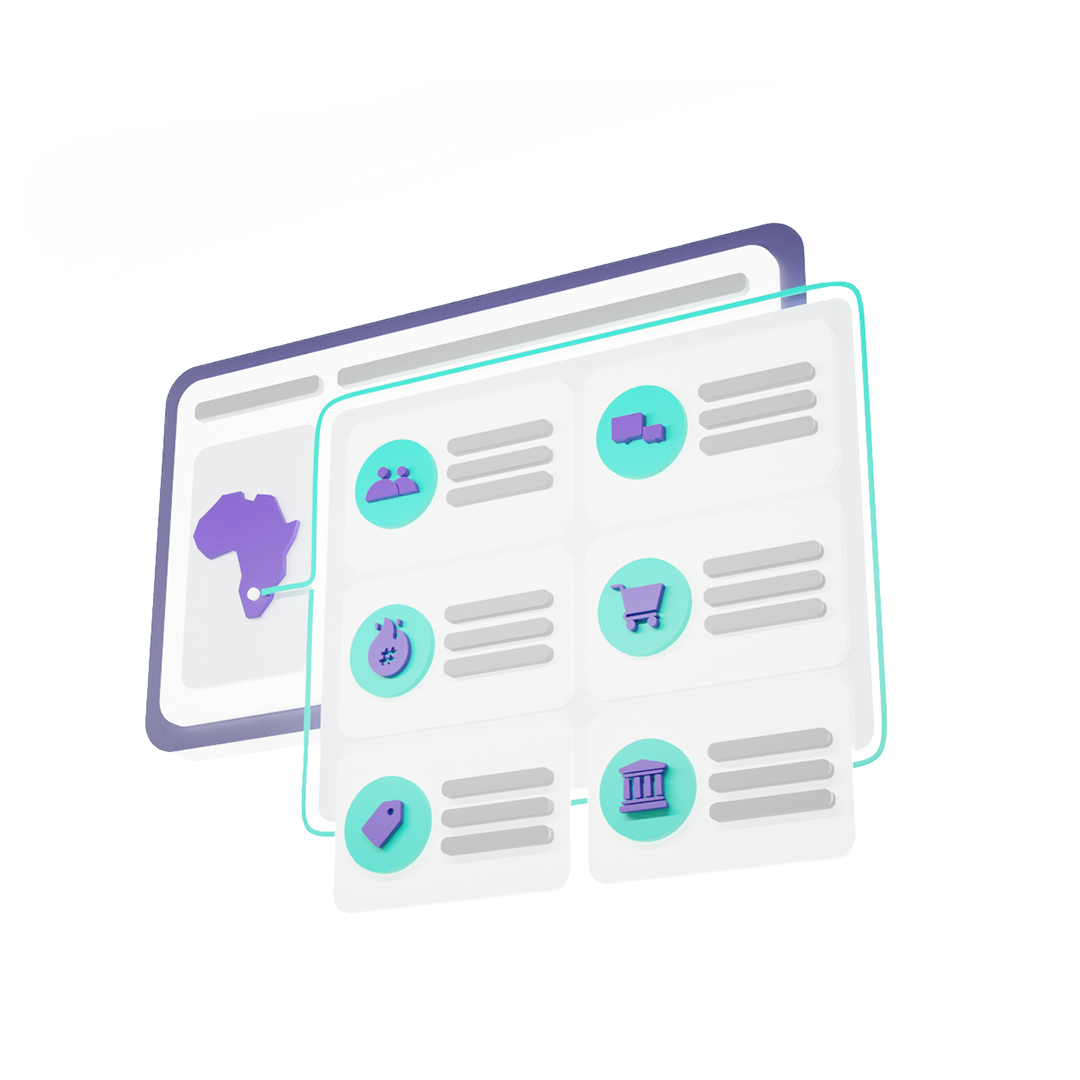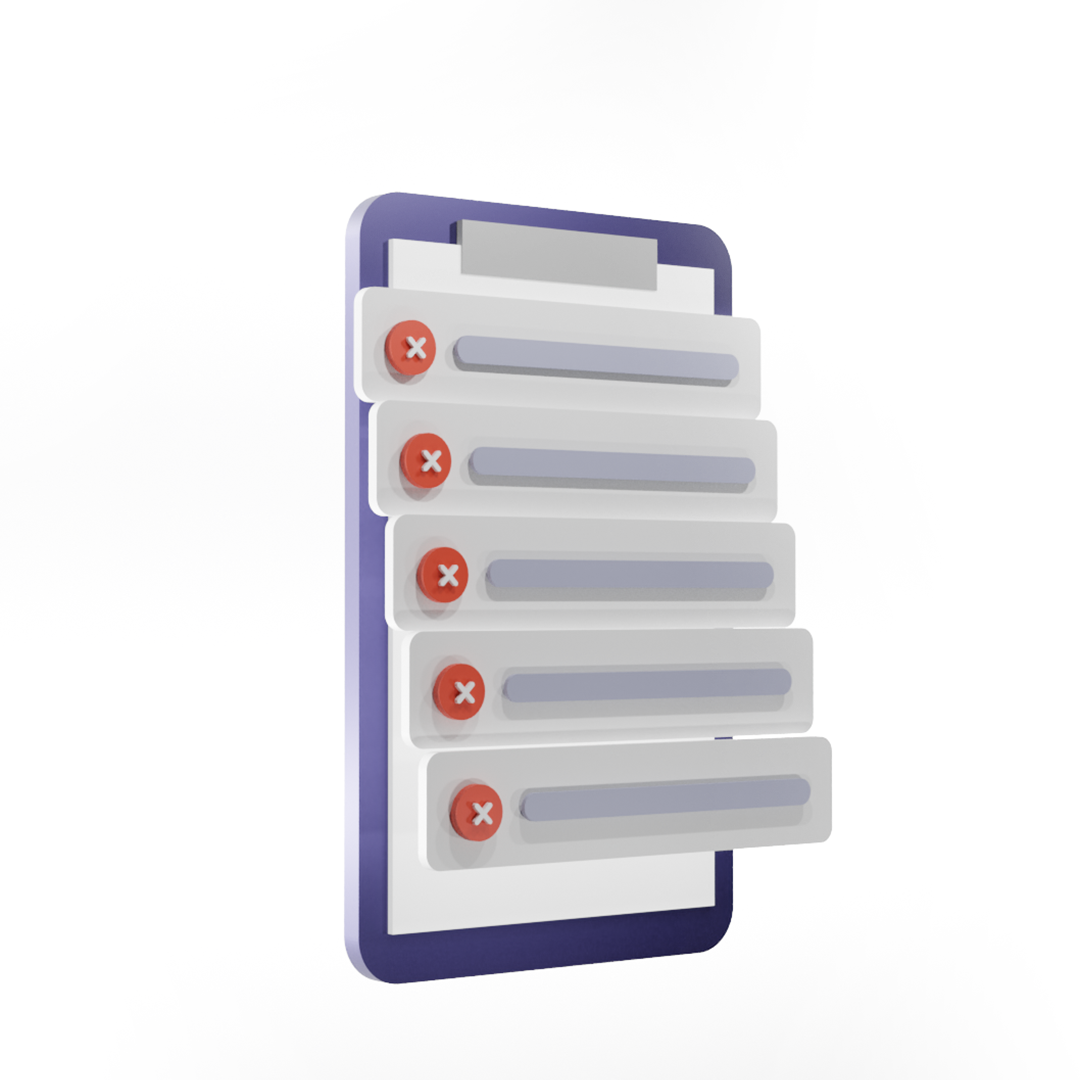Are you aware of the saying that “if a tree falls in a forest and no one is around to hear it, the sound it makes is impactless”? The same could be said for the customer experience. How will you create better products that have a real impact if you don’t ask your customers about their experiences and try to understand them? As a result, having a customer insights framework in place is critical to achieving user and business success.
By collecting and analyzing customer data and insights, you can get inside the thoughts of your target market and understand their product experiences. Because otherwise, you’ll never know how to improve.
Developing a strategy to collect meaningful customer insights can be difficult, particularly if you don’t know what kind of insights you need to collect.
This is your guide to developing a solid customer insights framework that will inspire and eliminate the guesswork in your process. We’ll assist you in visualizing how this process might look for your company, including potential challenges and opportunities, so that you can achieve your objectives more effectively.
A robust 6-step customer insights framework for your company
A customer insights framework (or strategy) is the game plan your company develops to collect, understand, and interpret customer data in order to create better and more relevant products/services.
A great customer insights framework enables you to effectively communicate and engage with your target customers, allowing you to:
- Recognize their wants and needs
- A better time, money, and energy allocation
- Prioritize projects with a high return on investment (ROI)
- Create marketing materials that reflect your customers’ needs
- Make customer communication more personalized
- Employ a customer-centric approach to update and improve your product
Use the following steps to inspire and supplement your customer insights framework—and to create the products, services, and experiences that are most relevant to your users:
1. Be open to cross-functional collaboration
It’s not up to your customer-facing teams alone to collect and analyze customer data or trends in customer behavior, as relying on just one team can result in missed insights or opportunities.
Instead, marketing, sales, client service, product development, and leadership teams must leverage their own customer encounters and experiences to gain more robust insights.
Why not leverage the goldmine of data you already have as part of your customer insights strategy?
2. Define your strategy’s objectives
A solid strategy is only as good as its objectives. That is why you must first identify your specific business and user goals and how they relate to the various types of customer insights you wish to collect.
To determine the why, who, when, and what of your strategy, answer the following questions:
- Understand your why: Comprehend your strategy’s rationale by asking yourself why you’re gathering these insights and what business objectives you’re attempting to achieve.
- Know your who: which customer segment are you attempting to learn more about or target? For example, if your eCommerce business sells hats, you might be interested in learning more about customers who buy hats for ceremonies vis a vis those who buy for everyday use. Then, to understand their search habits and collector preferences, you could collect insights specific to that customer type (i.e. browsing and purchasing behavior).
- Determine your when: What is your timeframe for collecting and analyzing customer data? When and how will you share your findings with stakeholders? When will you put your insights into action?
- Identify your what: What information do you require? What is the best way to share this information with your team? What customer insights platforms will you need? What are your project’s constraints in terms of scope, budget, and timeline?
3. Create a customer journey map
Developing a solid customer insights framework requires you to create a customer journey map that shows the main touch points on a user’s journey with your product and brand.
It assists you in comprehending all of the points of contact a customer has with your brand—as well as where to look for rich customer insights. And as more customers go through their journey, you start to notice trends (or insights) that relate to different customer outcomes, such as purchasing your product or churning, so you know what to focus on and improve.
Customer journey maps can also help you identify customer pain points, behaviour, and preferred channels—as well as opportunities for improving your messaging.
4. Gather customer insights
You need to find ways to collect customer insights now that you know which channels you can use to collect and analyze them.
However, most businesses need help gathering accurate and timely data and determining which to track. This is especially true for online businesses that may struggle to track customer behavior across multiple channels. Remember that you must decide which factors are most important to your customers and track those data points accordingly.
For years, Survey54 has solved this challenge for African businesses. You can enjoy our expertise too.
5. Analyze and publish findings
Recognizing the reliability of your data sources or how truthful your customers are are based on the medium or system you’re using is part of analyzing and sharing your insights. Adopt a holistic approach to understanding what influences customer insights when analyzing and sharing them. For example, you may notice that customers provide positive feedback about your B2B product but still choose to churn. Customers do not always understand the reasoning behind their decisions. Instead of basing your product decisions on a single source of truth, consider the big picture behind your data.
6. Refine your procedure
Due to the range of information available and the growing number of channels and touch points you can collect, it’s critical to remember that your customer insights strategy is an ongoing process.
You must constantly assess your business objectives and how they relate to the customer insights you gather. You’ll be able to keep your finger on the pulse of customer needs while allocating your resources to the most relevant insights.
How to improve your process and gather relevant insights for your strategy:
- Update your customer journey map regularly to identify new touch points and determine whether they could provide new insights.
- Conduct an audit of your technology stack to determine which tools truly assist you in gathering insights and better understanding your customers. For example, too many tools or data sources can sometimes clog your data and confuse your efforts.
- Survey your customers and inquire about gaps in your product or customer experience. Alternatively, conduct product-market fit surveys to determine whether your product is still competitive and meets user needs.
Customer insights framework: the most effective way to meet user needs
A solid customer insights strategy enables you to make more informed product improvements and roadmap decisions—and to meet changing user needs.
Make it a priority to understand your customers and which parts of your product or service genuinely work—and why—as part of your strategy for developing better and new products that meet real-world needs. And, with a tech stack that includes customer data and product experience (PX) insights, you can be confident that all of your insights are current and in one place, allowing you to easily share them with your team and make quick decisions that drive growth.
Contact Survey54 to learn more.






